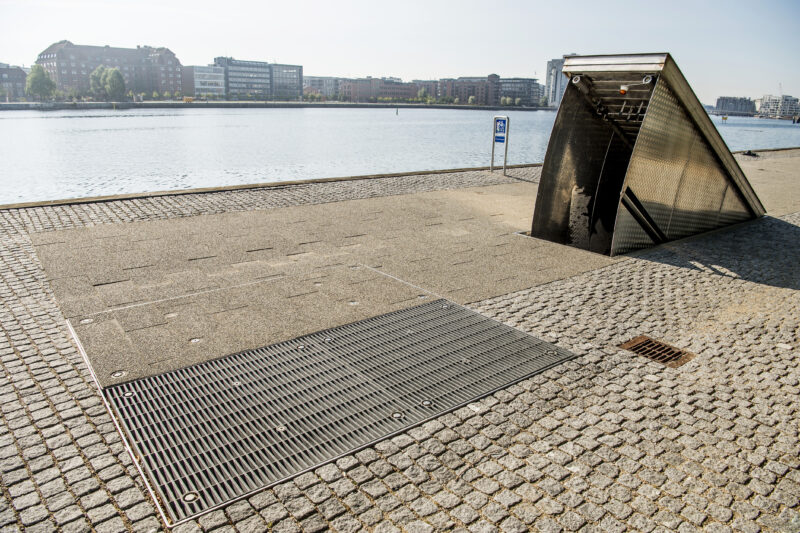Solution provider

HOFOR supplies one million customers in the Copenhagen metropolitan area with drinking water, district heating, district cooling, town gas and disposal of wastewater. We erect wind turbines and we own the Amagerværket power station, which produces electricity and district heating.










